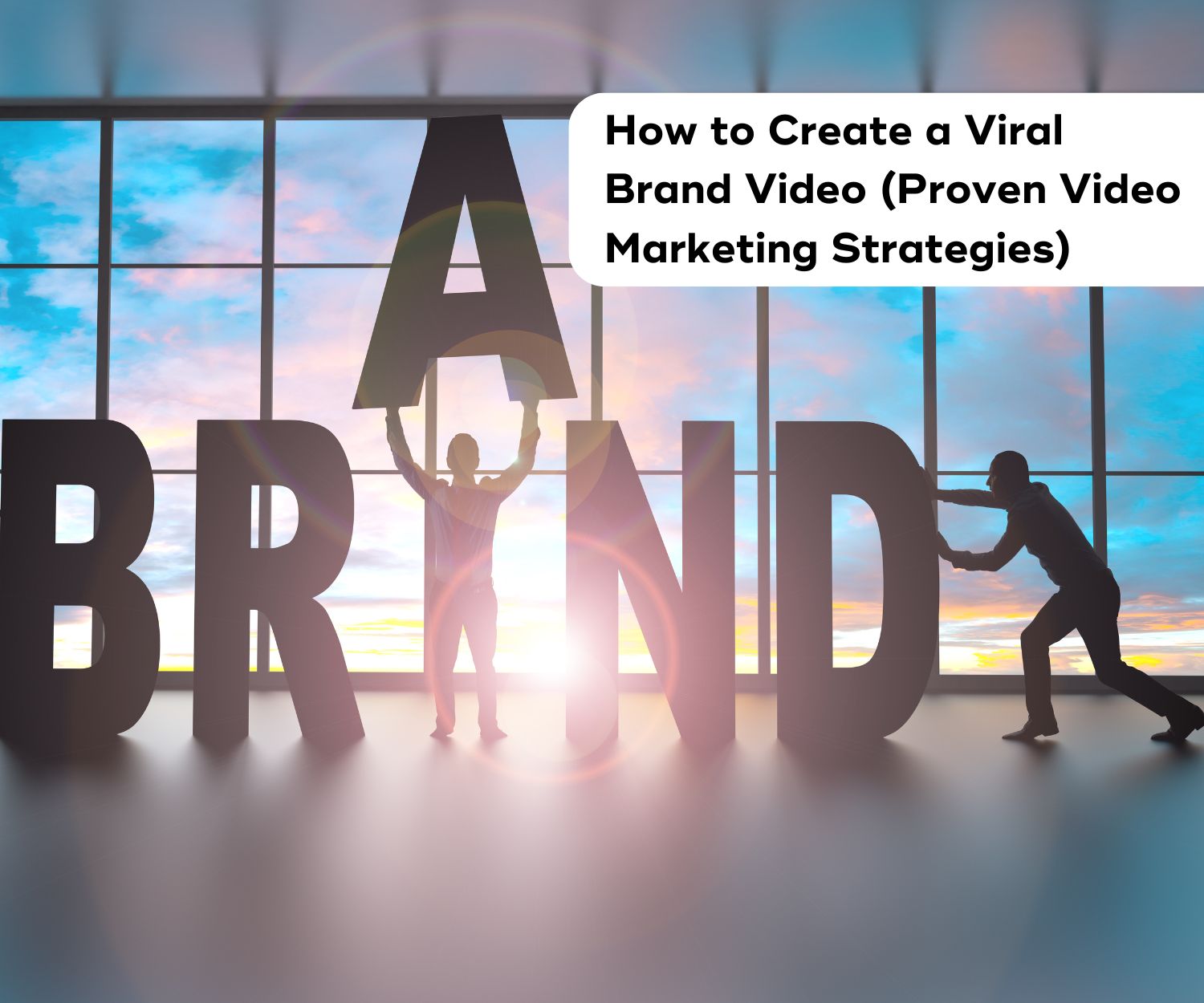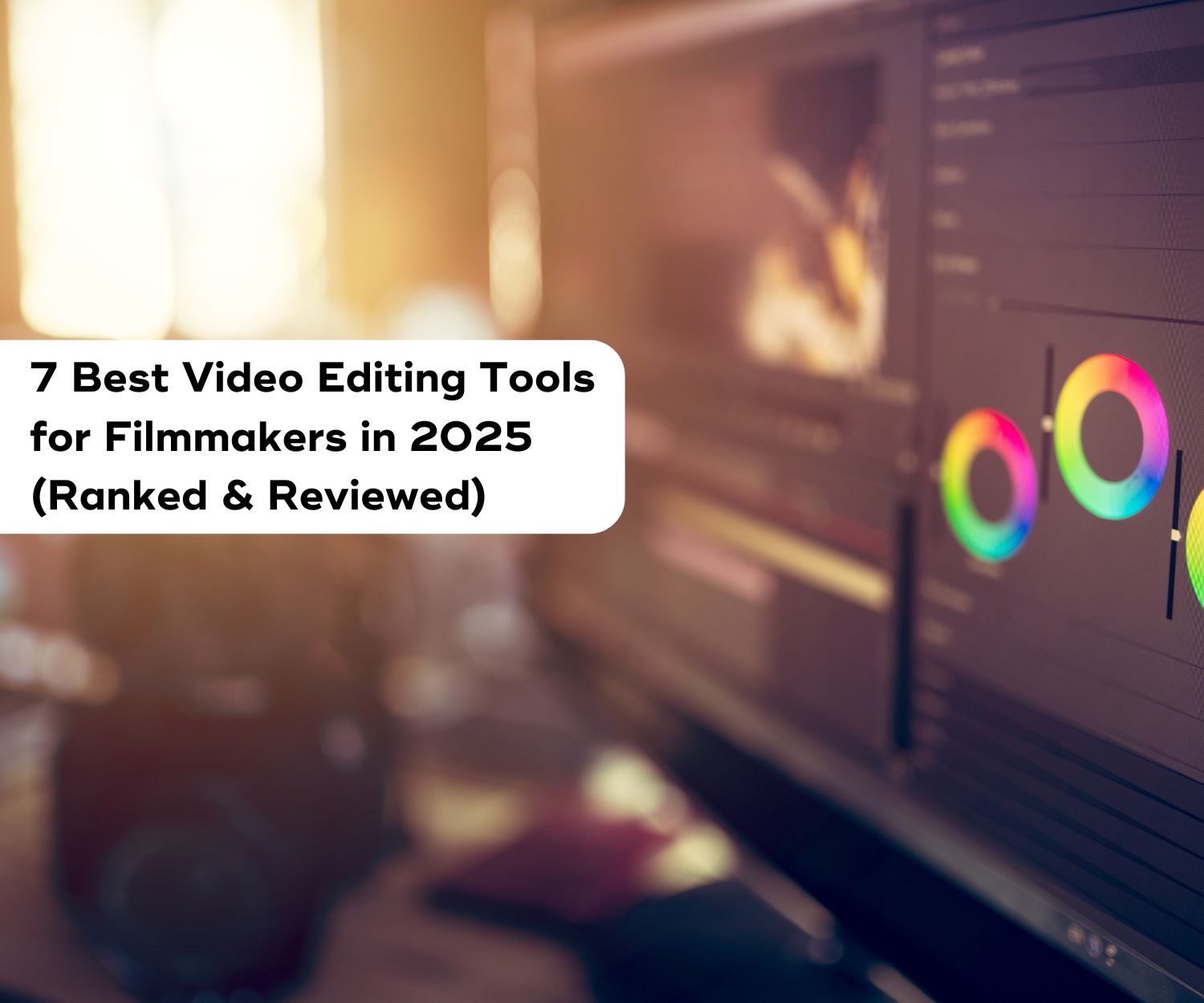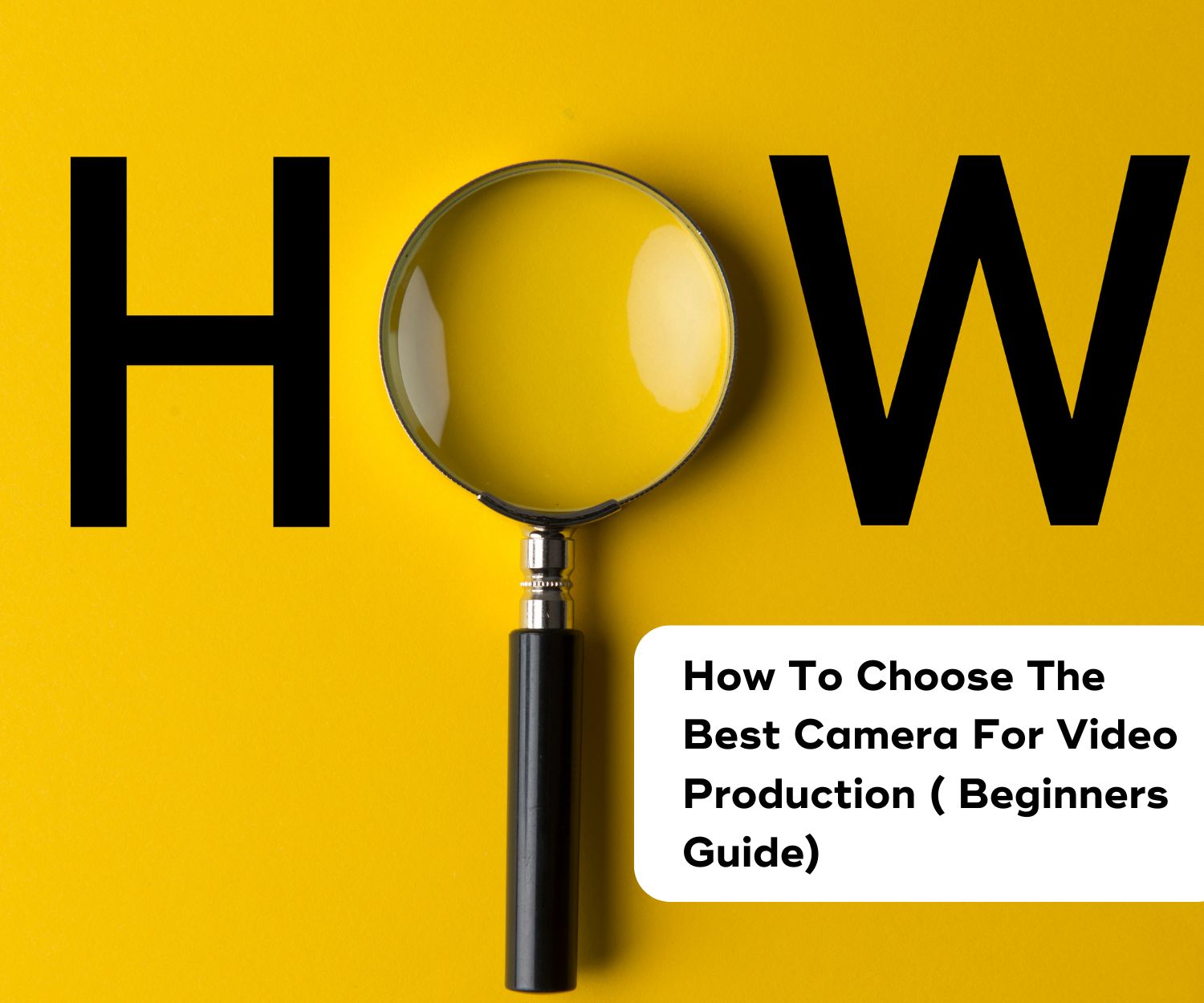Digital Ads VS Traditional Ads: What Works Best In 2025
2025’s ad landscape is noisier than ever. Attention is expensive, trust is harder to earn, and one wrong media bet can drain your budget before lunch. Still holding on to print? Or leaning too hard into the PPC wave without looking back?
This article breaks down what’s actually working in 2025—digital vs traditional advertising, not in theory, but in practice. You’ll see how each compare in reach, cost, trust, targeting, and results. We’ll cover real trends, pros and cons, and when to go all-in on digital, stick with traditional, or blend both for smarter outcomes.
Quick Refresher: What Each One Means
Digital ads run on the internet—think Google search, social media, email campaigns, mobile apps, SEO, and PPC. They’re personalized, data-driven, and designed to reach anyone, anywhere, often in real time.
Traditional ads stick to the old-school route—TV commercials, radio spots, print ads, flyers, billboards. They’re broad-reaching, built on familiarity and trust, and usually work as a one-way message.
Digital Advertising in 2025: Trends & Strengths
Digital ads in 2025 are doing what billboards never could—learning, adapting, and talking back.
Thanks to AI, advertisers can automate campaigns, personalize content on the fly, and predict user behavior based on real-time data. You’re no longer guessing what works—you’re watching it unfold and adjusting it mid-campaign.
Mobile ads are stealing the spotlight. Think shoppable Instagram reels, TikTok search ads, and scroll-stopping stories that drive instant buys. No redirect, no extra steps—just scroll, tap, buy.
Social platforms favor short, interactive formats. Polls, sliders, and AR filters keep users engaged longer—and that means more conversions for less money.
Digital ads come with built-in perks:
- Lower upfront costs
- Micro-targeting by age, interest, or location
- Real-time tracking and A/B testing
- Instant scalability across platforms
Example: A small bakery in Austin used Facebook’s geo-targeting to promote a weekend baking workshop. With a $200 ad spend and a 5-mile radius, they sold out the event in two days—no flyers, no cold calls, just clicks.
Smart, simple, and scalable.
Traditional Advertising in 2025: Still Relevant?
It’s easy to think traditional ads are outdated—but they’re not dead. Not even close.
TV, radio, and print still win over older audiences who trust what they see on the 6 o’clock news more than what shows up between Instagram stories. Local papers, community radio, and billboards also help build credibility and familiarity in neighborhoods where digital ads feel too distant.
There’s less ad fatigue here. You don’t skip a billboard or mute a TV jingle—it sticks. And that brand recall? Strong. Think about how many jingles you remember word for word.
That said, traditional ads come with trade-offs:
- High upfront costs
- Limited targeting
- Hard-to-track results
- Little room for change once it’s out there
And if you’re comparing TV ads to social media videos—TV still has reach, but platforms like TikTok offer cheaper, faster, and more measurable wins.
Traditional works—but it’s not built for agility.
Pros and Cons: A Side-by-Side Look
Digital ads offer flexible budgets, meaning you can start small, test, and scale. They shine in hyper-precise targeting, real-time analytics, and interactive formats that adjust as you go. But they come with downsides: lower trust, banner blindness, and ad fatigue are real.
Traditional ads, on the flip side, often require high upfront spending and offer broad, generalized reach. You can’t exactly A/B test a billboard. But what you get is credibility. TV, radio, and print still hold weight—especially with older or local audiences. Just be ready for limited tracking and a tough time making mid-campaign edits.
PPC vs traditional advertising?
With PPC, you only pay when someone clicks. Traditional ads charge upfront—regardless of performance. That alone changes how you measure value.
Choosing the Right Strategy for Your Business
No one-size-fits-all here. The right ad strategy depends on who you’re talking to and what you’re trying to achieve.
Start with the basics:
- Who’s your audience? Older demographics? Traditional may work better.
- What’s your budget? Digital gives you more control and flexibility.
- Do you need reach or results? Traditional builds awareness. Digital drives action.
Digital ads shine for startups, eCommerce, and brands chasing clicks, signups, or sales. They’re perfect for lean budgets, global reach, and real-time testing.
Traditional ads still win for building trust in local markets or connecting with older audiences. Think community billboards, radio, or TV spots.
But here’s where it gets interesting—hybrid strategies are crushing it in 2025.
You run a TV ad? Add a QR code that sends viewers straight to your Instagram product page. Traditional sparks awareness. Digital seals the deal.
Smart brands aren’t picking sides—they’re building funnels that do both.
Running Ads in 2025? Pick What Actually Works
There’s no one-size-fits-all. The smartest brands in 2025 aren’t picking sides—they’re blending what works based on budget, goals, and audience behavior. Whether you’re chasing clicks or community trust, your strategy should be intentional, measurable, and adaptable.
Quick recap:
- Digital ads = affordable, targeted, data-rich
- Traditional ads = trusted, memorable, hard to track
- Older/local audiences? Stick with TV, radio, print
- Global or younger audience? Go digital
- Best combo? Use traditional for awareness, digital for conversion
If you’re looking to bring your brand story to life—whether on screen or across social—Pustak Films gets it. They mix cinematic storytelling with marketing smarts, helping businesses craft campaigns that connect. From corporate videos to TVCs that double as digital content, Pustak makes it easier to stretch your ad spend across channels that actually work.


